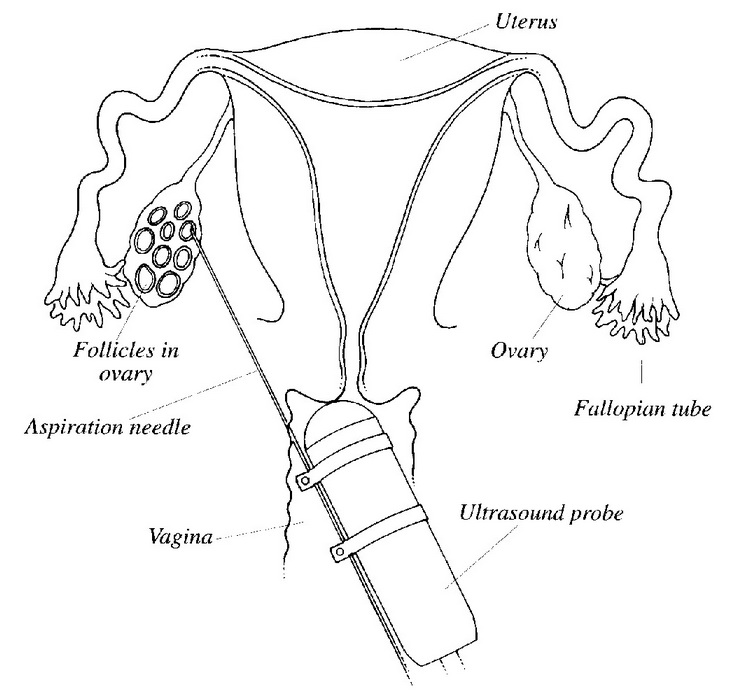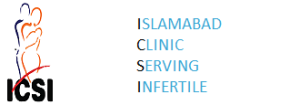In Vitro Fertility

IVF is recommended whenever the couples are suffering from infertility of more than two years. IVF treatment may also be helpful to the couples suffering from the following:
- Blockage or absence of the fallopian tubes most commonly seen after sterilisation or infection
- Pelvic adhesion
- Chronic an-ovulation
- Endometriosis
- Congenital absence of fallopian tubes
- Unexplained infertility
Initial consultation:
This would be similar to the one detailed in IUI section.
Treatment and Management
Female patient is treated with stimulatory drugs in the form of injections and these are taken for about three weeks in different combinations.
Detailed instructions about drugs would be given once the couple becomes familiar with the procedure.
One ultrasound scan would be done just before the start of stimulatory drugs to rule out any ovarian cysts and confirm the existence of quiescent ovaries.
Repeat ultrasound scan for follow up of treatment is commenced about 10 days prior to egg collection and patient is asked to come every other day from then onward.
Once the follicles look big enough (>18mm) on the ultrasound scan, one injection is given to ripen the eggs and 36 hours later patient is taken to theater for egg collection. This procedure is done under general anaesthesia. Eggs are collected through vagina under the guidance of ultrasound scan and immediately inspected by the attending embryologist to confirm their existence as they are very tiny and can only be seen under the microscope. The whole procedure takes about 30-40 minutes. Female patient then comes back to her room where after a couple of hours rest she is discharged.
The husband is asked to produce the semen sample before this procedure in a room provided to him in the clinic or is asked to bring the sample from home. Sperm sample after processing in the lab is mixed with the eggs, and kept overnight in the incubator, where the atmosphere is very close to that of the human body.
The result of fertilization is seen in the morning and if successful, patients are informed over the telephone and asked to come for embryo transfer on day 2, day 3 or day 5 of egg collection. On their arrival the quality of the embryos, the number of embryos to be transferred and their chances of success are discussed in detail.
The female patient is then placed in the lithotomy position and draped. Cervix is visualized. Embryologist loads these embryos in a fine catheter and hands it over to the consultant gynecologist who very gently transfers these embryos inside the uterus under the guidance of the ultrasound scan. Husbands are encouraged to stay with their wives during embryo transfer.This procedure does not take more then ten minutes of the operator’s time. Patient is advised to stay on the table for twenty minutes before going home. Patient is then advised to have pregnancy test two weeks after embryo placement and if the pregnancy test is positive she is told to have an ultrasound four weeks later.
Initial consultation:
This would be similar to the one detailed in IUI section.
Treatment and Management
Female patient is treated with stimulatory drugs in the form of injections and these are taken for about three weeks in different combinations.
Detailed instructions about drugs would be given once the couple becomes familiar with the procedure.
One ultrasound scan would be done just before the start of stimulatory drugs to rule out any ovarian cysts and confirm the existence of quiescent ovaries.
Repeat ultrasound scan for follow up of treatment is commenced about 10 days prior to egg collection and patient is asked to come every other day from then onward.
Once the follicles look big enough (>18mm) on the ultrasound scan, one injection is given to ripen the eggs and 36 hours later patient is taken to theater for egg collection. This procedure is done under general anaesthesia. Eggs are collected through vagina under the guidance of ultrasound scan and immediately inspected by the attending embryologist to confirm their existence as they are very tiny and can only be seen under the microscope. The whole procedure takes about 30-40 minutes. Female patient then comes back to her room where after a couple of hours rest she is discharged.
The husband is asked to produce the semen sample before this procedure in a room provided to him in the clinic or is asked to bring the sample from home. Sperm sample after processing in the lab is mixed with the eggs, and kept overnight in the incubator, where the atmosphere is very close to that of the human body.
The result of fertilization is seen in the morning and if successful, patients are informed over the telephone and asked to come for embryo transfer on day 2, day 3 or day 5 of egg collection. On their arrival the quality of the embryos, the number of embryos to be transferred and their chances of success are discussed in detail.
The female patient is then placed in the lithotomy position and draped. Cervix is visualized. Embryologist loads these embryos in a fine catheter and hands it over to the consultant gynecologist who very gently transfers these embryos inside the uterus under the guidance of the ultrasound scan. Husbands are encouraged to stay with their wives during embryo transfer.This procedure does not take more then ten minutes of the operator’s time. Patient is advised to stay on the table for twenty minutes before going home. Patient is then advised to have pregnancy test two weeks after embryo placement and if the pregnancy test is positive she is told to have an ultrasound four weeks later.
